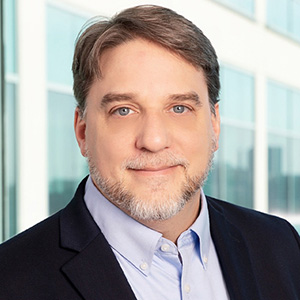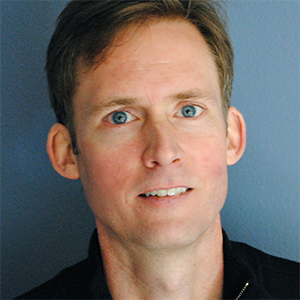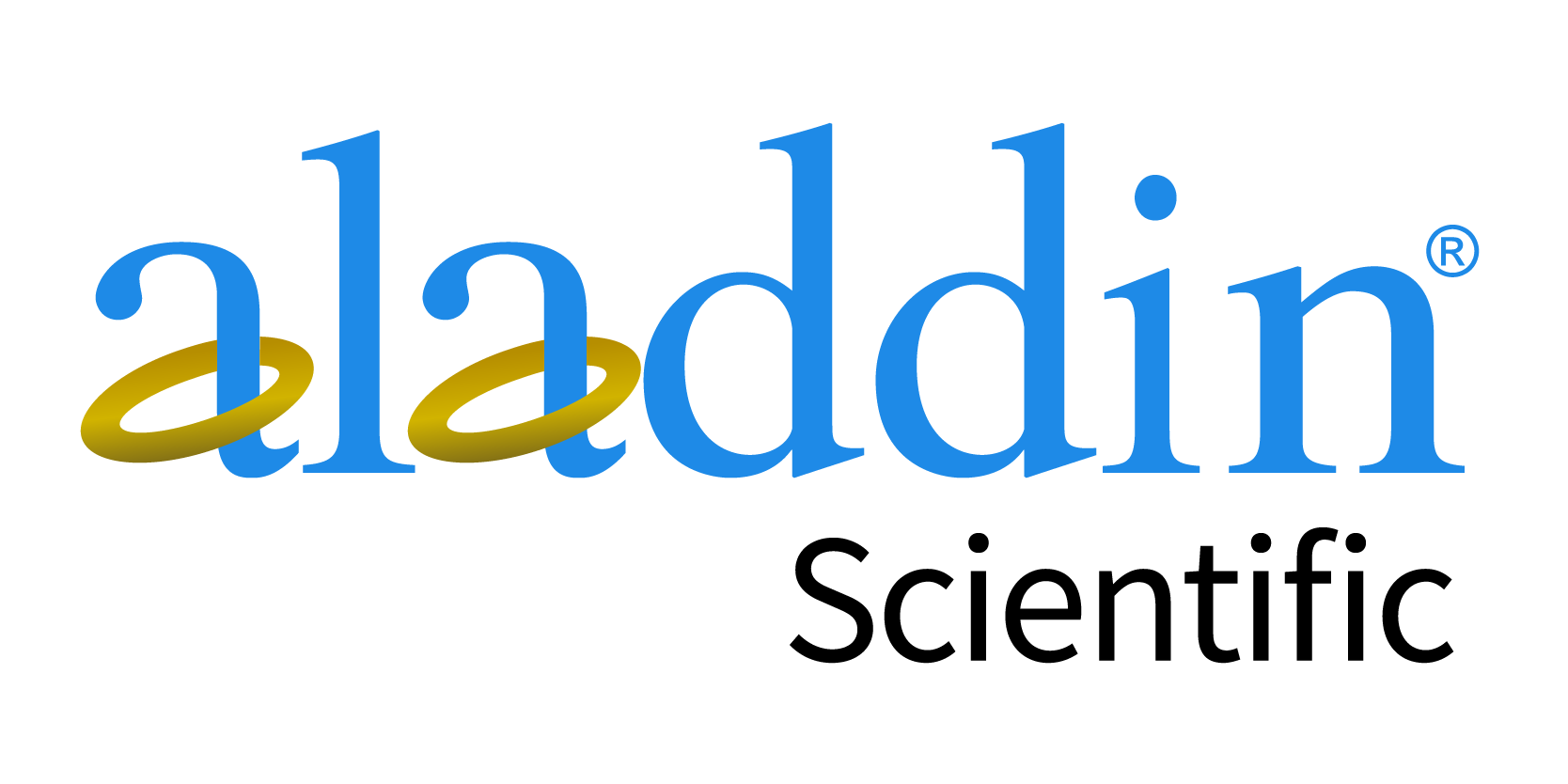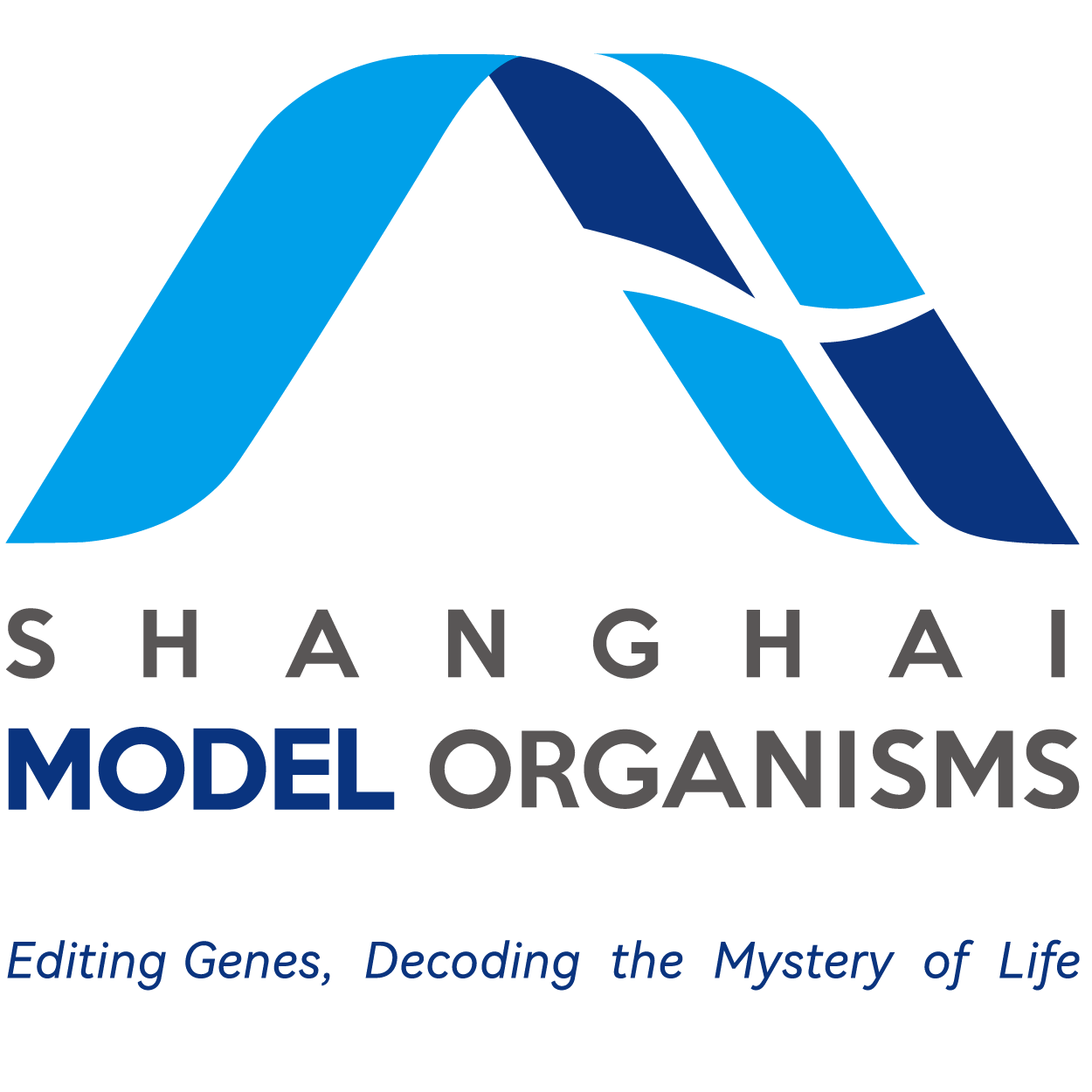Transcriptional regulation by chromatin and RNA polymerase
Sept. 26–30, 2024
Westin Alexandria Old Town, Alexandria, Va.

The fields of transcription biochemistry and molecular biology have become one with chromatin biology and epigenetics with extensive cross-talk. RNA polymerase II and its transcription machinery play an essential role in the modification and remodeling of chromatin; and chromatin regulates gene expression in both normal and pathological conditions. With recent innovations and technological advances in clinical and preclinical research, personalized medicine is becoming a reality, in part because of advances in our understanding of RNA polymerase II. Given this fact, many established and new investigators have taken on the challenge of elucidating the molecular mechanisms of gene expression by RNA polymerase II in the context of chromatin. The community is highly dynamic and multidisciplinary, with an ever-changing set of focal areas that establish new paradigms and new ways of thinking about the topic. Even after decades of study, this research area continues to advance, reveal new concepts, and bolsters almost every other area of biology.
Important dates
| July 10 | Abstract submission deadline for oral consideration * Authors must register at the time of abstract submission. |
|---|---|
| Aug. 1 | Early registration deadline |
| Aug. 16 | Abstract submission deadline for poster consideration only * Authors must register at the time of abstract submission. |
| Aug. 26 | Regular registration deadline |
Important presentation requirements
- Registration is required at the time of abstract submission.
- Abstract submission does not guarantee registration and/or availability of hotel accommodations.
- Rooms will be assigned on a first-come, first-served basis and availability. We strongly advise you to submit your registration as soon as possible to secure your space.
- All speakers and poster presenters are required to present in person at the scheduled date and time of their session.
Organizers
 Y. Jessie Zhang
University of Texas at Austin
Y. Jessie Zhang
University of Texas at Austin
Interview
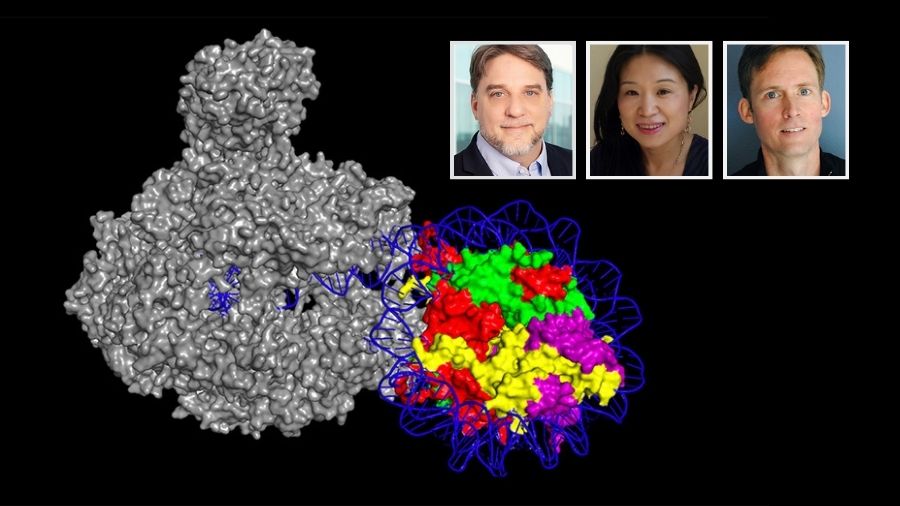
More than just omics
Meet the three co-organizers of an intimate meeting that focuses on transcription from all angles.
Sign up for email updates about this conference
Conference information
- The conference will be held at the Westin Alexandria Old Town, located at 400 Courthouse Square, Alexandria, VA.
- Do not contact the hotel directly to book a room. Accommodations must be selected during the conference registration process.
- The conference begins Thursday, Sept. 26, at 7 p.m. and concludes Sunday, Sept. 29, around 10 p.m. Attendees will have a free afternoon on Saturday, Sept. 28.
What’s included
The full conference package includes:
- Lodging at The Westin Alexandria Old Town, with checkin on Sept. 26 and checkout on Sept. 30.
- Lodging can be single or double occupancy.
- All sessions, poster sessions and meeting materials.
- The following meals are included in your registration fee:
- Friday, Sept. 27: Breakfast, lunch
- Saturday, Sept. 28: Breakfast
- Sunday, Sept. 29: Breakfast, lunch, dinner
NOTE: Lodging is not included in commuter registration rates.
Registration changes
Registration changes will be accepted as space allows until Aug. 26, 2024, and can be made by contacting meetings@asbmb.org.Cancellation policy
Cancellations received in writing on or before Aug. 26, 2024 are subject to a $100 processing fee. No refunds will be issued for cancellations after Aug. 26 due to final guarantee commitments. Email meetings@asbmb.org and attach a copy of your meeting registration receipt/paid invoice to cancel your registration.Meeting location
The Westin Alexandria Old Town
400 Courthouse Square,
Alexandria, VA 22314
USA
Getting to The Westin Alexandria Old Town
- Ronald Reagan Washington National Airport (DCA) – 4.4 miles
- Washington Dulles International Airport (IAD) – 32.5 miles
- Baltimore–Washington International Thurgood Marshall Airport (BWI) – 45.2 miles
Airport transportation
- SuperShuttle
- Uber/Lyft/Rideshare
- The closest metro stations to the conference location are King St-Old Town on the Blue and Yellow Lines (0.4 miles away from the Westin) and Eisenhower Avenue on the Yellow Line (0.4 miles away from the Westin).
Parking
Valet parking is available at The Westin Alexandria Old Town for $40 a night.
Visas
All individuals traveling from outside of the United States should apply for a visa as soon as possible and at least four to five months prior to their date of travel.
- The most up-to-date information about traveling to the U.S. can be found at the U.S. State Department website.
- Scientists visiting the U.S. may find helpful information at the National Academies of Sciences website.
- Find visa appointment wait times here.
Please do not wait until you receive your registration confirmation before applying for a visa. We encourage you to apply for your visa right away if you are considering attending to avoid delays and longer than anticipated wait times.
If you need a letter of invitation for your visa process, please email meetings@asbmb.org.
- Please include ‘LETTER OF INVITATION’ as the subject line of this email.
- Body of email must include:
- Your name as it appears on your passport
- Your affiliation and mailing address
- Best contact number and email address
Health and safety
Mask-wearing and other health and safety measures will be determined based on local, state and venue guidelines and will be communicated to attendees prior to the conference.

